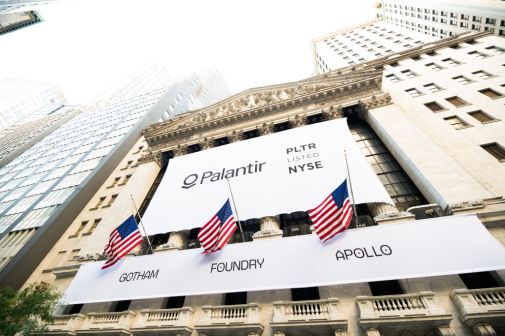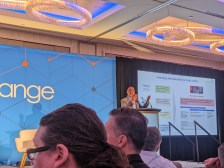Renewed Palantir contract could expand disease surveillance to other CDC centers

The Centers for Disease Control and Prevention’s latest contract with Palantir Technologies allows the agency to extend a non-COVID-19 disease surveillance solution to any of its centers.
The one-year, $7.4 million contract renewal covers the modernization of the Data Collation and Integration for Public Health Event Response (DCIPHER) environment, based on the Palantir Foundry platform.
While the National Center for Emerging and Zoonotic Infectious Diseases has used DCIPHER to better manage food-borne outbreaks since 2010, the COVID-19 pandemic showed other CDC centers the benefits of using scalable, interoperable cloud solutions.
“We’ve learned from the pandemic just how important it is to modernize surveillance to have that situational awareness for any public health issue,” Dr. Bill Kassler, chief medical officer at Palantir, told FedScoop.
DCIPHER collects epidemiological, surveillance and laboratory data from various sources so CDC centers and their partners can make informed decisions around outbreaks.
Within NCEZID, both the System for Enteric Disease Response, Investigation, and Coordination (SEDRIC) and the National Wastewater Surveillance System use DCIPHER.
More recently other centers have requested similar cloud infrastructure to assist with surveilling the flu and HIV and the Center for Global Health.
The pandemic made CDC centers recognize the need for earlier situational awareness on social determinants of health, to plan a more equitable response, and supply chain instability, to get personal protective equipment and other resources where they’re needed, Kassler said.
Unfortunately many CDC systems are legacy systems that can’t be scaled for more compute or storage in a crisis to handle hundreds of necessary data sources. Systems like that can take contractors two to four months to recode for collection of new data fields pertaining to novel outbreaks.
DCIPHER’s usefulness extends beyond outbreaks though as new data sources on genomics, social needs, behavior from wearables, and clinical records help monitor conditions like heart disease and stroke.
“We think there are huge opportunities across the federal government to bring disparate, multimodal data together to help to visualize that data and to make it into a form that advanced analytics such as machine learning and predictive modeling [can use],” Kassler said.
The Department of Health and Human Services awarded Palantir several contracts early in the pandemic that were not competed citing the “unusual and compelling urgency” of the crisis. Those contracts supported the development of HHS Protect, which informs the White House on COVID-19’s spread and comprises most of Palantir’s work around the pandemic.
Palantir also supplies the analytics platform behind the National Institutes of Health‘s National COVID Cohort Collaborative (N3C) Data Enclave, used by researchers to better understand the coronavirus.






